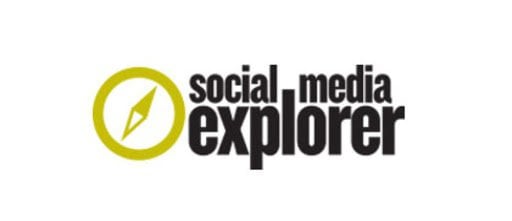
One of our clients onboarded a new community manager for the re-launch of social for their brand this month. As their partner, we had the honor to onboard this person and build a great manual to get them started. As we built the manual and shared it with the new community manager, we realize that so many people would benefit from the contents of this manual. When starting a new job, it’s hard to know what’s expected of you in your new role. It can be overwhelming.
It was exciting to see that this company cared so much about the incoming talent that they had us create and train them on this document. There were seven sections to the document and each section had a ton of detail, but the idea was to create this so that it could continually live and grow over time as the community and the role changed. So, what were the seven most important things that the community manager needed to know? Well, here goes:
An understanding of the audience
 Audience is first, as community is first in your title. You are managing a community; understanding that community and how it uses your products and services is the first thing that matters. You’ll need to know to whom you’re talking and what motivates them to care about you. Audience/customer first, always!
Audience is first, as community is first in your title. You are managing a community; understanding that community and how it uses your products and services is the first thing that matters. You’ll need to know to whom you’re talking and what motivates them to care about you. Audience/customer first, always!
Tone
Community managers are responsible for creating, curating, and commenting on social. Knowing the tone to use to support the brand as you support the community is definitely a need-to-know. And in any possible case, it’s nice to show examples of what is meant by “tone”. Do this; don’t do that. That sort of thing. Tone in social can make or break a brand. So, a deep understanding of tone is vital.
Themes
Themes should tell you what you’re going to talk about in social. They should be consistent and on-brand. These topics support your brand position, but they also offer a significant WIIFM (What’s In It For Me). What are the informational topics that we are going to talk about? What is meaningful to our audience, but aligned with our brand, products, and services? These are your themes, and the community manager should know them backward and forward.
Calendars
Knowing what’s running when and at what time is key to a community manager. Calendars are not only valuable to community managers, but leadership and legal as well. These help everyone stay on task with what is happening with social content within the community.
Efficiency tools
Every community manager needs scheduling, listening, curation, and measurement tools. There are tons of tools out there that do these things, but it is nice to have all your tools spelled out in one spot so everyone knows what you use and why. Managing a community is a tough task. It can be 24/7, so tools to automate what you can while keeping the tone authentic makes it so that you can sleep. Mostly.
Curation sources
We harp a lot on 80/20: 80% of your content should be curated, which earns you the right to talk about yourself the rest of the time. To do this, you’re going to need a good list of sources from which to consistently curate content. The sources need to be credible and on-brand. And maybe most importantly they need to be aligned with your themes. The curation sources should be edited based on what’s working for your audience and what’s not. It should be a fluid list, but it needs to exist.
Response model
Every community manager—heck, every company—should have a response model. If you do not have one, please call me or tweet me. It is a quick, easy project that can be knocked out in a few weeks and will save you so much trouble and turmoil. A good response model will tell a community manager how to handle the community when something goes well, wrong, or in between. It sets it up so that when something does go wrong, you know how to handle it and who to go to. Being a community manager means that you are engaging the community in a dialog and sometimes, it’s nice to have a model to guide that dialog. It’s guardrails. It’s valuable.
Building and maintaining a community is a tough gig. And having a documented manual on how to manage your community is like an insurance policy. It’s also nice to have it all documented in one spot. You know, in case you need to take a day off or something.
What do you think? Did I miss anything? How would you level this up?
SME Paid Under













Comments are closed.